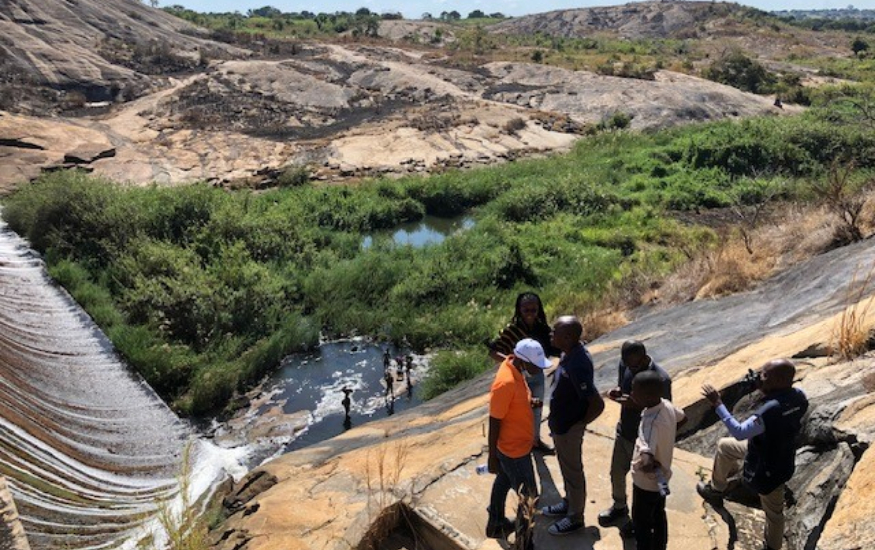From November 13-17, a work visit took place in Nampula, Mozambique, focusing on climate adaptation. We took important steps towards more long-term thinking and started setting our priorities for the next period.

Throughout the year, Blue Deal Mozambique has been dedicated to the theme of climate adaptation. Our focus has been on the northern water authority, ARA-Norte, headquartered in Nampula.
Long-term thinking
While the impacts of climate change are already visible in day-to-day activities, there has been limited attention towards long-term preparations. To initiate thinking about climate adaptation, we collaborated with ARA-Norte, taking cues from the Dutch Delta Programme on Spatial Adaptation, and we took several significant steps.
Risk matrix for setting priorities
During the visit, our initial reflection was on the consequences of climate change, both in the long term based on future scenarios, and on practical experiences in the present. Subsequently, we mapped out areas where these consequences of climate change (such as floods, droughts, and water shortages) occur prominently. We then delved deeper into the risks and impacts at the watershed level, examining their interconnectedness. By creating a ‘risk matrix,’ we gain a better understanding of potential priority areas.
Collaboration with the agricultural sector
Recognising that climate adaptation cannot be tackled alone, we engaged in dialogue with a primary stakeholder: agriculture. Agriculture stands as an immensely significant sector in Mozambique, with approximately 75% of the population involved. Food security is crucial and unfortunately more vulnerable due to climate change. Agriculture heavily relies on sound water management. Therefore, collaboration becomes even more imperative amid climate change. Our local colleagues found this initial stakeholder dialogue both enjoyable and enlightening.
Climate adaptation action plan
In the next phase, we plan to focus more specifically on an area around the city of Cuamba. Several themes converge in this region, including (drinking) water scarcity, erosion from drought, and floods. Based on satellite data, we’ve potentially identified areas suitable for creating upstream water buffers. By conducting field visits and continuing stakeholder dialogues with local authorities and communities, we take significant strides towards an integrated ‘climate adaptation action plan’ for prioritised catchment areas.
